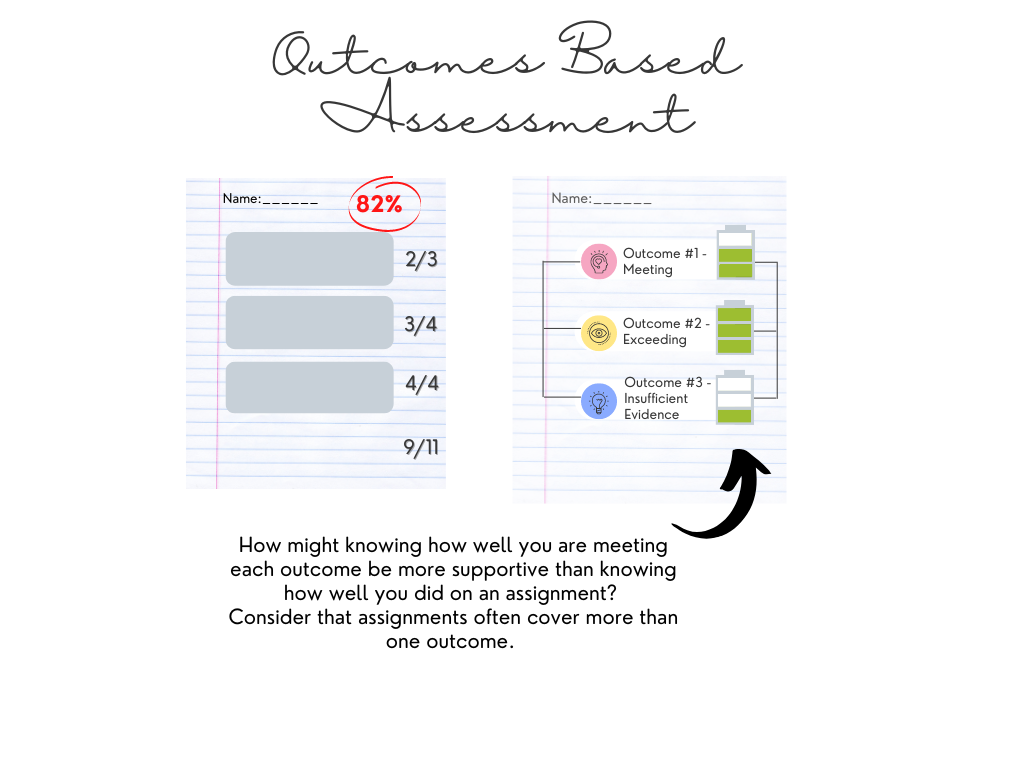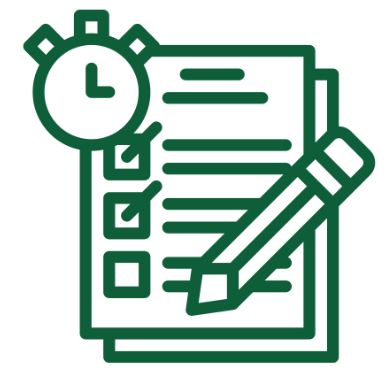Improving Student Feedback Response Rates in Remote Courses
By David Greaves, Teaching and Learning Enhancement Specialist
When it comes to student feedback, more is generally better. When we have higher response rates, we know that more student voices are being heard and that the feedback an instructor receives is more complete. To ensure that student feedback processes are effective, it is important for all parties to do their part to encourage students to complete their feedback surveys. Unfortunately, our most reliable method of improving response rates – offering dedicated time in class – is no longer an option in many courses that continue to be offered remotely. This leaves us all with the question of how to improve response rates despite the limitations of courses offered remotely.
Teaching and Learning Enhancement, our team that centrally supports the Student Learning Experience Questionnaire (SLEQ), has been thinking about this over the past few months. We have made some changes centrally to help as best as we can. This has included a rewrite and reformat of our invitation and reminder emails to students, updating the Course Feedback PAWS channel with an FAQ to address specific student concerns, and a system upgrade to make SLEQ more mobile friendly and visually inviting. Unfortunately, there is a limit to the effectiveness of centrally run efforts. So, what are some strategies instructors can use then?
Research tells us that there are a few strategies that individual course instructors can use to increase response rates in their courses. The rapport that instructors build with their students is just irreplaceable. Unfortunately, this just adds to an already high workload for instructors who have many competing priorities. This is a challenge.
To help with the challenge, we have created some resources that instructors can use to improve their response rates while hopefully adding only a very small amount of additional work. Please see the following:
- We have drafted a sample message (MS Word document) that can be freely edited to suit your needs and sent to students using whatever channel you use to communicate with your students. Although we send automated invitation and reminder emails already, a dedicated message directly from the course instructor reinforces the message that the feedback is important, helpful, and that it will be used, which may be helpful to motivate students to complete their feedback (Thielsch, Brinkmöller, & Forthmann, 2018).
- We have created a Canvas Page that can be integrated into a Module within your Canvas course that you can freely modify to meet your needs best. One of the best methods to get students to fill out their feedback according to the research is to provide them with the dedicated “time and place” to do so (Young, Joines, Standish, & Gallagher, 2018). This is often done by providing dedicated time at the end of a schedule class meeting time, but this Page is intended to serve that purpose for remote/asynchronous classes. To access this resource and add it to your course, follow these instructions for adding a template (except in step 6 look for “Course Feedback Time” instead of what is written in the instructions
- (For SLEQ specifically) After our system upgrade this summer, we have a new Subject Management area in our system that lets you see response rates for all your courses at a glance.
In addition to dedicated messaging about feedback, another strategy we recommend is to show students when feedback from mid-course SLEQ or previous course offerings has been applied to the course they are currently in. This can be done casually throughout a term, and/or upfront in your course syllabus. For example, you could explain that students had commented that weekly quizzes felt like busy work, so you chose to reduce the frequency and change the format to give students more opportunities to not only demonstrate their understanding, but to apply it in new and interesting ways.
Whether providing class time or explaining how feedback is used, a common feature across these strategies is that the either implicitly or explicitly communicate to students that their feedback is important and valued. This makes sense. Anecdotally, I think most people I know are more likely to give feedback if they are confident that it will be heard and acted upon. So then I leave you with this question: how will you show your students that their feedback is important?
References
Thielsch, M. T., Brinkmöller, B., & Forthmann, B. (2018). Reasons for responding in student evaluation of teaching. Studies in Educational Evaluation, 56(2018), 189-196. https://doi.org/10.1016/j.stueduc.2017.11.008
Young, K., Joines, J., Standish, T., & Gallagher, V. (2018). Student evaluations of teaching: the impact of faculty procedures on response rates. Assessment & Evaluation in Higher Education, 44(1), 37-49. https://doi.org/10.1080/02602938.2018.1467878



